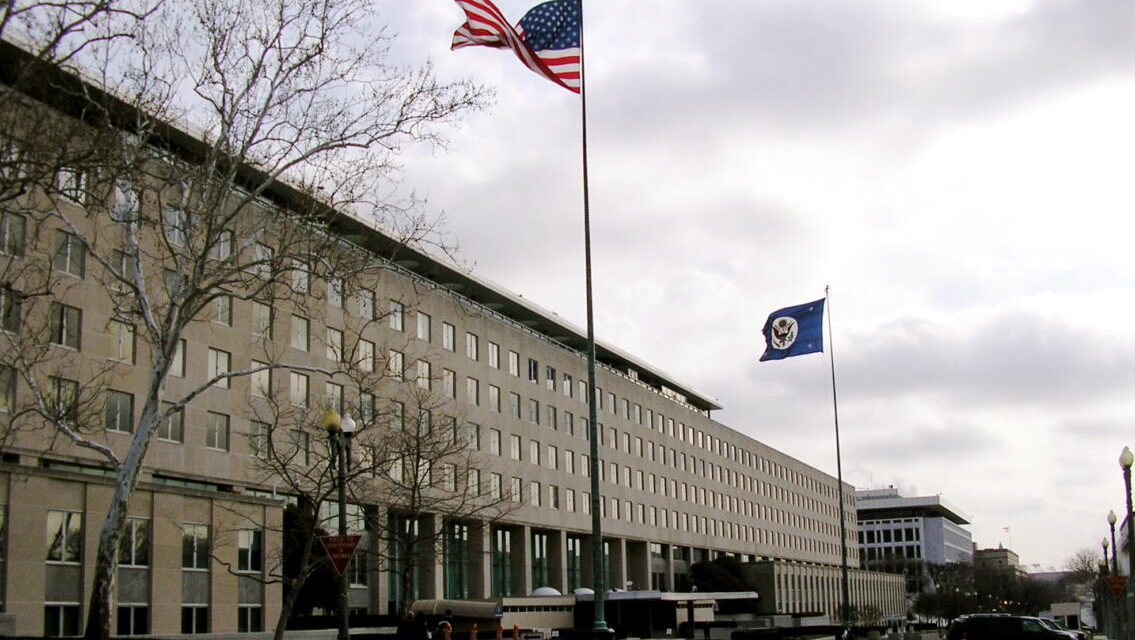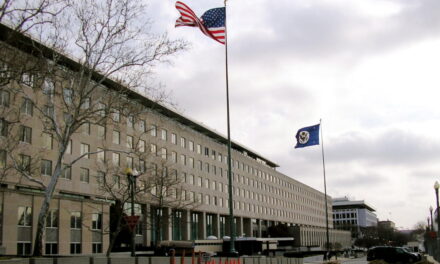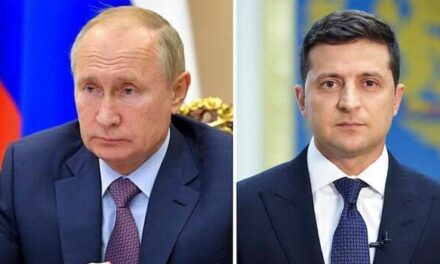Russian jets in Syrian skies | Ynet News |
Russian fighter pilots are expected to begin arriving in Syria in the coming days, and will fly their Russian air force fighter jets and attack helicopters against ISIS and rebel-aligned targets within the failing state.
According to Western diplomats, a Russian expeditionary force has already arrived in Syria and set up camp in an Assad-controlled airbase. The base is said to be in area surrounding Damascus, and will serve, for all intents and purposes, as a Russian forward operating base.
In the coming weeks thousands of Russian military personnel are set to touch down in Syria, including advisors, instructors, logistics personnel, technical personnel, members of the aerial protection division, and the pilots who will operate the aircraft.
Past reports have stated that the Russians were in talks to sell the Syrians a package of MiG-29 fighter jets, and Yak-130 trainer jets (which can also serve as attack aircraft.) The current makeup of the expeditionary force is still unknown, but there is no doubt that Russian pilots flying combat missions in Syrian skies will definitely change the existing dynamics in the Middle East.
The Russians do not harbor offensive intentions towards Israel or other sovereign states in the area, and their main stated goal is battling ISIS and preserving Assad’s rule. However, their presence will represent a challenge to the Israeli Air Force’s freedom of operation in the skies above the Middle East.
Western diplomatic sources recently reported that a series of negotiations had been held between the Russians and the Iranians, mainly focusing on ISIS and the threat it poses to the Assad regime. The infamous Iranian Quds Force commander Major General Qasem Soleimani recently visited Moscow in the framework of these talks. As a result the Russians and the Iranians reached a strategic decision: Make any effort necessary to preserve Assad’s seat of power, so that Syria may act as a barrier, and prevent the spread of ISIS and Islamist backed militias into the former Soviet Islamic republics.
Why Russia still stands by Syria | Global Post – Feb. 2012 |
CAIRO, Egypt — Syria is short on friends these days.
Former allies all around have given up one-by-one on the government of President Bashar al-Assad as his security forces meet a popular uprising with an increasingly harsh crackdown. Turkey, once one of Assad’s most vocal supporters, for instance, is now his most vocal critic. India has also reversed its stance on Syria.
But through it all, in the 11 months since the first protests erupted and the violence began, Russia has stood virtually alone beside its economic partner, emerging as the most ardent supporter of Syria’s embattled regime.
Never was this more apparent than when, despite it all, Russian Foreign Minister Sergei Lavrov traveled to Damascus to meet with the Syrian leader.
Lavrov’s visit came a day after the United States closed its embassy and withdrew its diplomatic staff, and two days after Russia vetoed a UN Security Council resolution that would have censured the Syrian government for the violence, a first step toward possible UN-backed economic sanctions and military intervention.
“It is clear that efforts for ending the violence should be accompanied by dialogue between political forces,” Lavrov said in a statement to the Russian press after his visit. “Today we received confirmation from the president of Syria that he is prepared to cooperate in this effort.”
The economic motive
Natural gas and weapons contracts are part of it, as is lingering resentment over the outcome of the military intervention in Libya, which Russia had opposed.
In May 2010, President Dmitry Medvedev was the first Russian head of state to visit Syria, where he cemented political and economic ties between the two countries. Discussions then included Russia’s arms exports to Syria, which have increased dramatically since 2008 as Russia sought to reestablish its sphere of influence in the Middle East.
Russia is now Syria’s largest supplier of arms, contributing 65 percent of Syria’s weapons between 2006 and 2012, according to the Arms Transfers Database, which is compiled by the Stockholm International Peace Research Institute (SIPRI).
Over the past several years, Russia has delivered about 2,000 anti-tank missiles for modernized T-72 tanks, 200 Igla (SA-18) portable surface-to-air missiles, and 36 Pantsir-S1 mobile air defense systems, according to Oxford Analytica.
Russia has continued its shipments throughout the current conflict, citing contractual obligations. Among expected deliveries are 200 more SA-19s, additional Igla missiles, 2 MiG-31M interceptors, eight $1 billion Buk-M2E missile system batteries, and Chrysanthemum self-propelled anti-tank missile systems.
Comment: So you want to intervene in Syria? | SBS – April 2013 |
WASHINGTON — Ever more credible claims by France, Britain, and some Israeli officials that the Bashar Assad regime has used chemical weapons have upped the pressure on the Obama administration to respond more decisively to the situation in Syria, and specifically to act on the president’s chemical weapons “red line” warning. And the administration appears to be reconsidering its previous hesitancy. During a recent hearing of the Senate Armed Services Committee, Defense Secretary Chuck Hagel announced that the United States would be sending some 200 troops to Jordan from the 1st Armored Division at Fort Bliss, Texas, to work alongside Jordanian personnel to “improve readiness and prepare for a number of scenarios” relating to the conflict in neighboring Syria. The Los Angeles Times reports that the Pentagon has drawn up plans to possibly expand the force significantly.
And yet the chances are, in today’s political environment, that U.S. involvement in the region will not be of the massive, long-term sort seen in Iraq. U.S. military assistance is more likely to entail moving equipment, distributing humanitarian supplies, enforcing no-fly zones, coordinating or executing attacks on terrorists, and punishing the regime (in some fashion) for its violation of the chemical weapon “red line.”
When, as is increasingly likely, the United States plays a military role in the Syrian conflict, it will not just have to worry about inadvertently strengthening local Islamists or getting bogged down in another Middle East quagmire. Washington must also consider the significant geostrategic consequences to Iran, Russia and China, particularly if our intervention brings about the demise of their ally in Damascus. In diplomacy, as in physics, every action generates a reaction. Any U.S. engagement in Syria will not be different, and the Obama administration must be prepared.
Iran, Russia and China have deep stakes in the preservation of the Assad regime. Iran provides the Assad regime with financial and military assistance, and aids in organizing the Alawite militia. In return, Tehran gets a significant forward operating base on the Mediterranean in which Iranian weapons can be modified, manufactured and sent to their Hezbollah allies in Lebanon. But, equally important, the alliance with Syria strengthens Iran’s claim as a leader in the resistance against Israel and a protector of the world’s Shiites.
Author: James F. Jeffrey, the former U.S. ambassador to Iraq, is a fellow at the Washington Institute for Near East Policy (WINEP).






